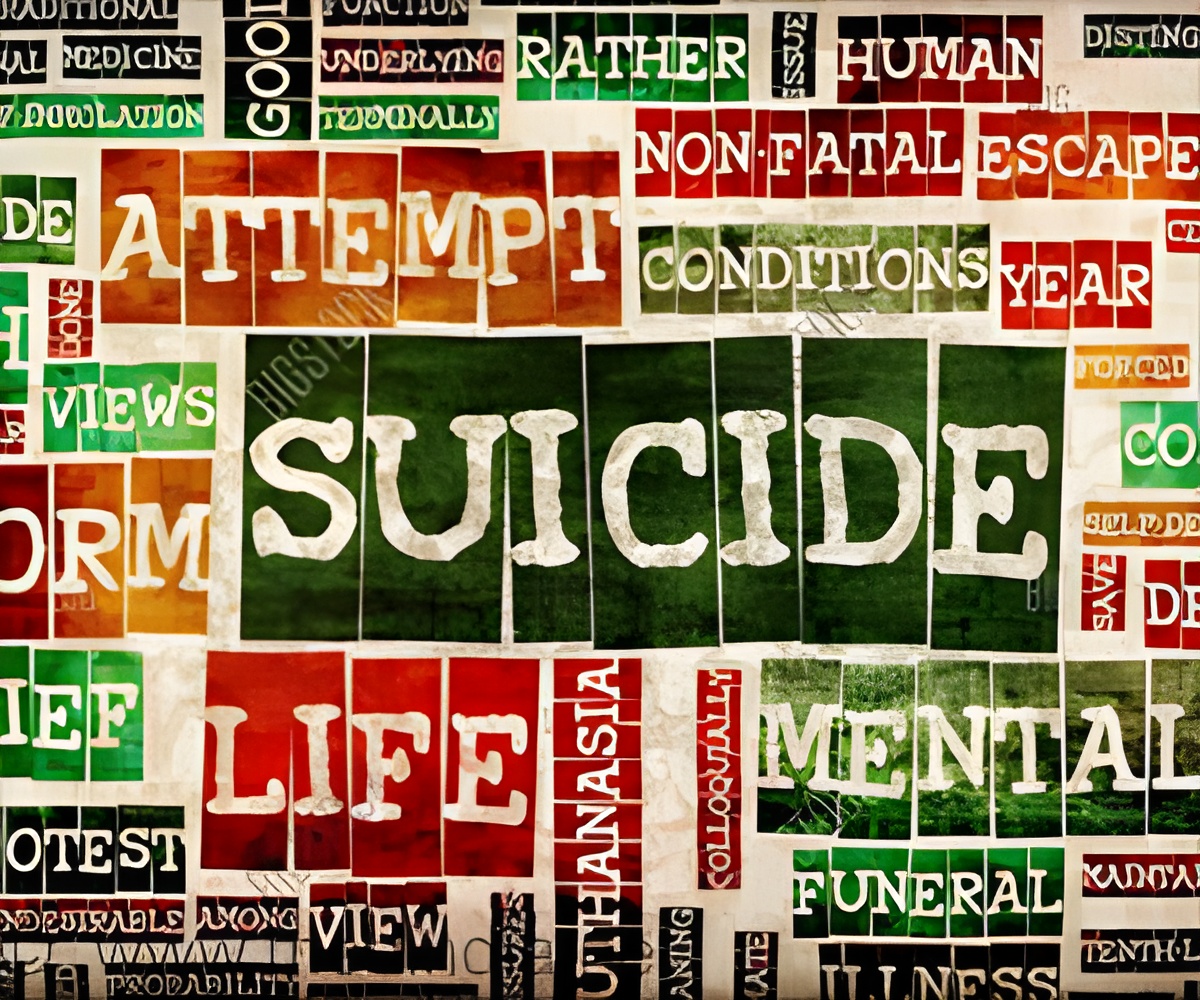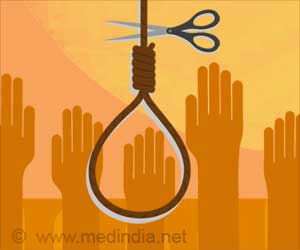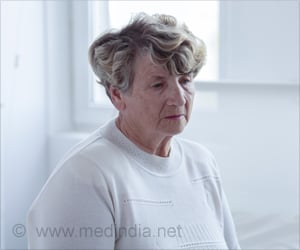A new risk assessment tool helps predict suicidality. Our tool is highly predictive at identifying who is at suicide risk.

‘A simple quantitative tool can identify and track risk and help providers develop a personalized suicidal tendency risk mitigation plan for their patients.’





The assessment tool was first used in the Sidney and Lois Eskenazi Hospital Emergency Department in Indianapolis four years ago on over 400 patients. The assessment is called Convergent Functional Information for Suicidality (CFI-S). It can be taken on paper or in a digital format and is a simple 22 item yes/no questionnaire focusing on psycho-social risk factors rather than biological markers, as some of the other studies by Niculescu and his group.
Suicide Screening and Prevention
Unlike current clinical screenings, CFI-S does not ask about suicidal ideation and generates a quantitative risk score. “Patients do not always want to answer questions specifically about suicidal ideation, because they may be afraid of being hospitalized,” Niculescu said.“Because this tool leaves out those questions, it is easier to deploy in any setting and can be a complementary questionnaire to use with current standard clinical screenings.”
Researchers found that at four years follow-up, the CFI-S tool was 80 percent predictive of future suicidality. The predictive ability increased to 90 percent when using artificial intelligence and machine-learning approaches in collaboration with colleagues at University of Southern California. The study found top risk factors for suicide were feeling useless or unneeded, a history of suicidality and social isolation.
Source-Eurekalert










